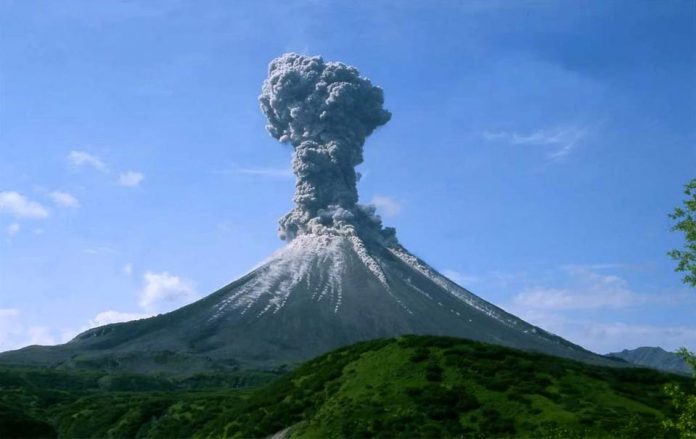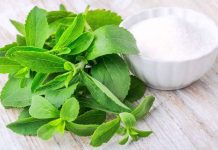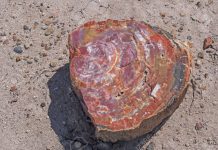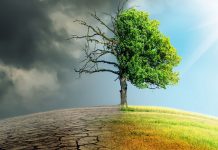Volcanic ash is the product of explosive volcanic eruptions. These occur when water mixes with magma, when magma is trapped by ice-loading, or when the magma ‘evolves’ to have high silica content. All three conditions have been seen in the Eyjafjallajökull eruptions.
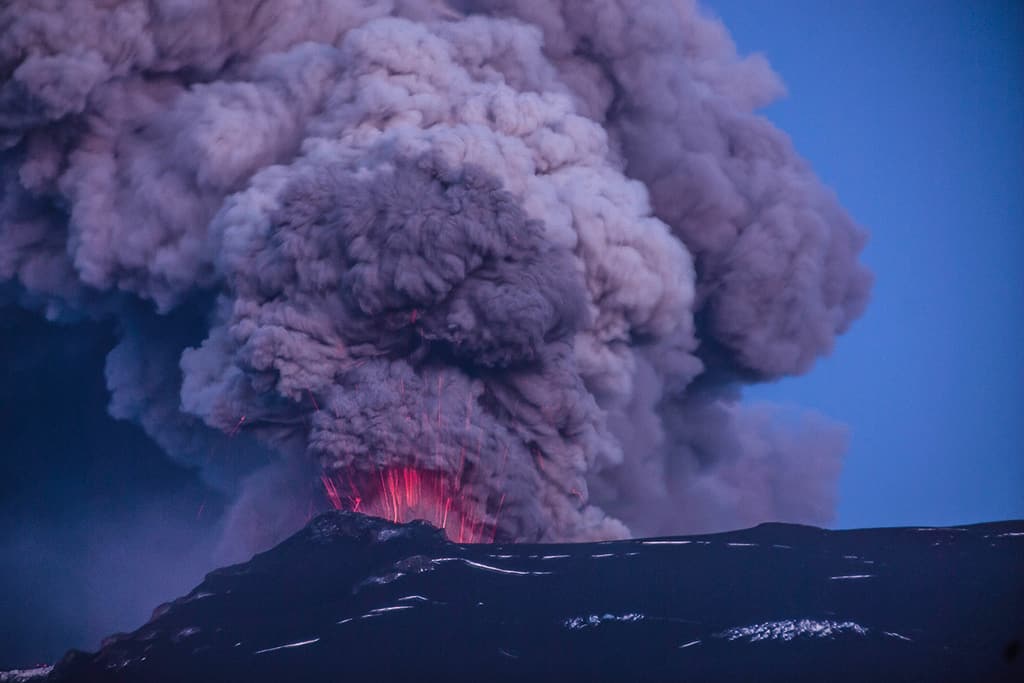
The Evolution of Magma
‘Evolution’ is a technical term that refers to changes in the mineral structure of magma as it sits in the magma chamber under the volcanic vent. When conditions are right, minerals begin to crystallize out of the magma, with heavy dark mafic minerals (mafic = magnesium+iron [ferric]) forming first.
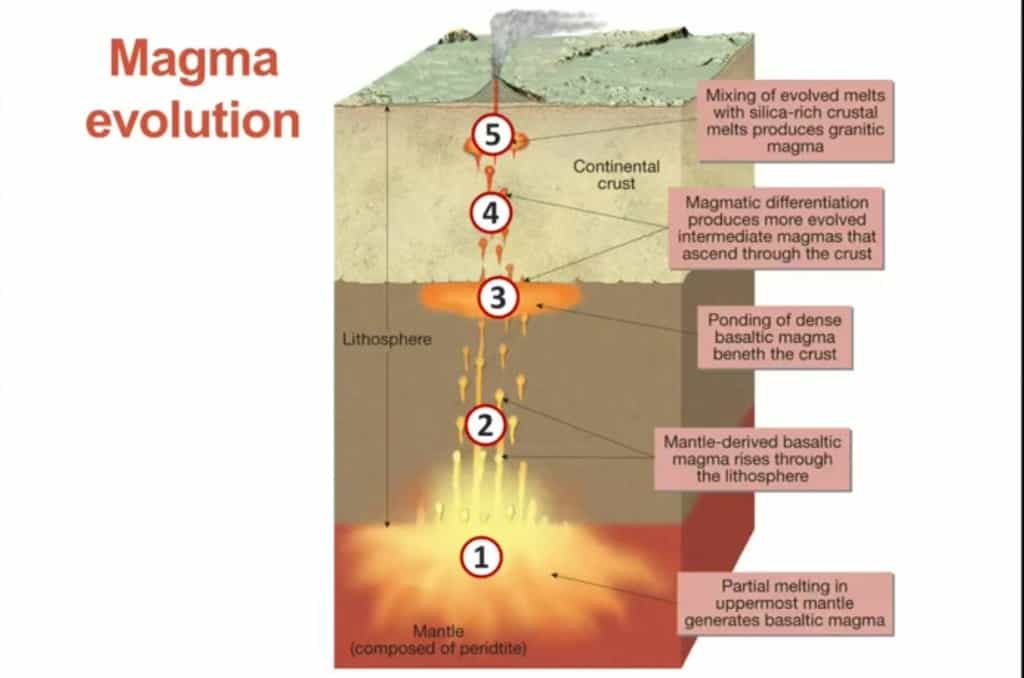
These fall to the chamber floor, leaving liquid above deprived of the mafic elements and abundant with felsic (feldspars+silica) elements. As the felsic minerals then crystallize, there is often excess silica left in the magma liquid.
Silica (SiO4) is a major component of all the nine rock-forming minerals that account for 95% of the Earth’s crust, while silica and oxygen together account for almost 75% of the weight of the Earth’s crust. The behavior of silica is therefore very important to volcanic eruptions.
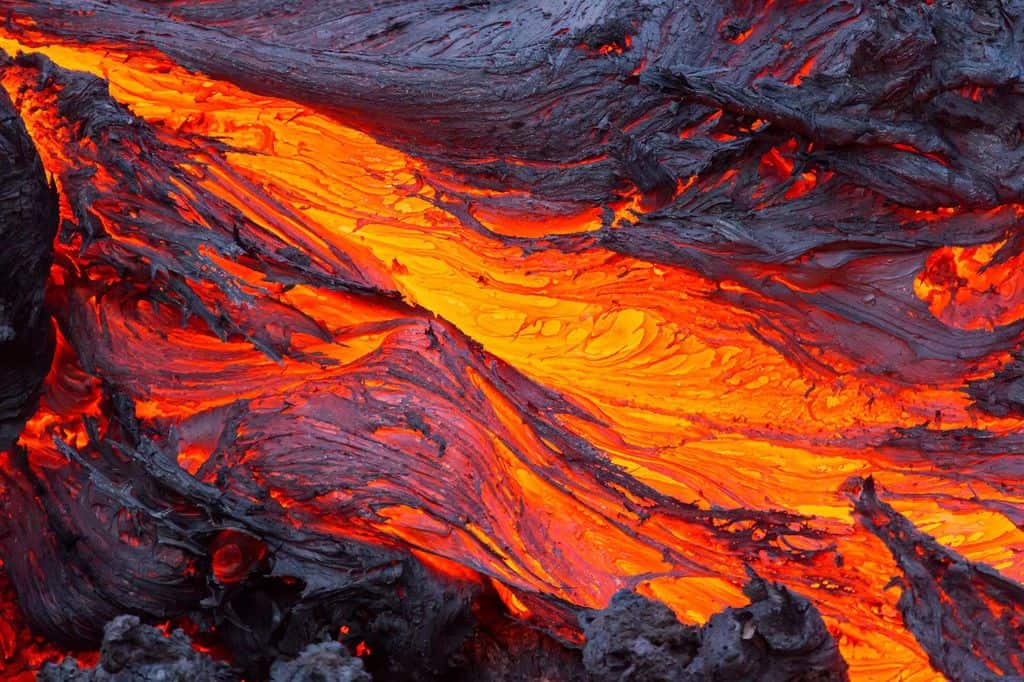
Rock-Forming Minerals Forming Igneous Rocks (J. Schieber)
Mafic rock-forming minerals form basalt and gabbro rocks:
- Biotite (mica group)
- Amphibole/hornblende
- Pyroxenes/augite
- Olivine
- Ca-Plagioclase feldspar
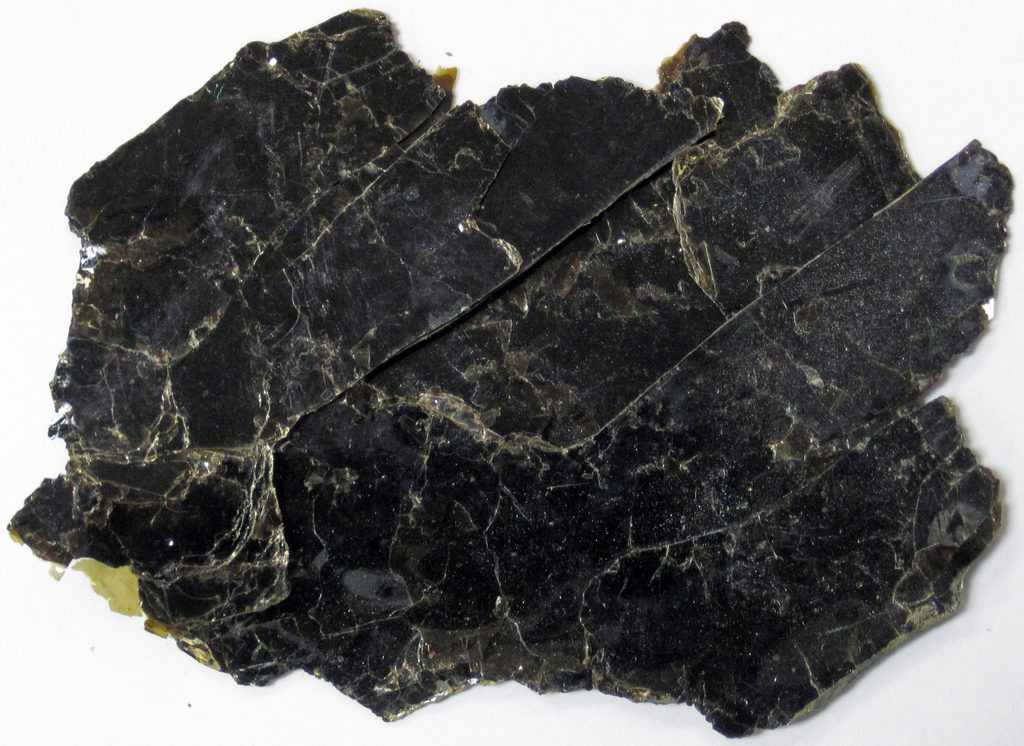
Felsic rock-forming minerals form granite and rhyolite rocks:
- Quartz (silica in its crystal form)
- Muscovite (mica group)
- Orthoclase (potassium) feldspar
- Na-Plagioclase feldspar
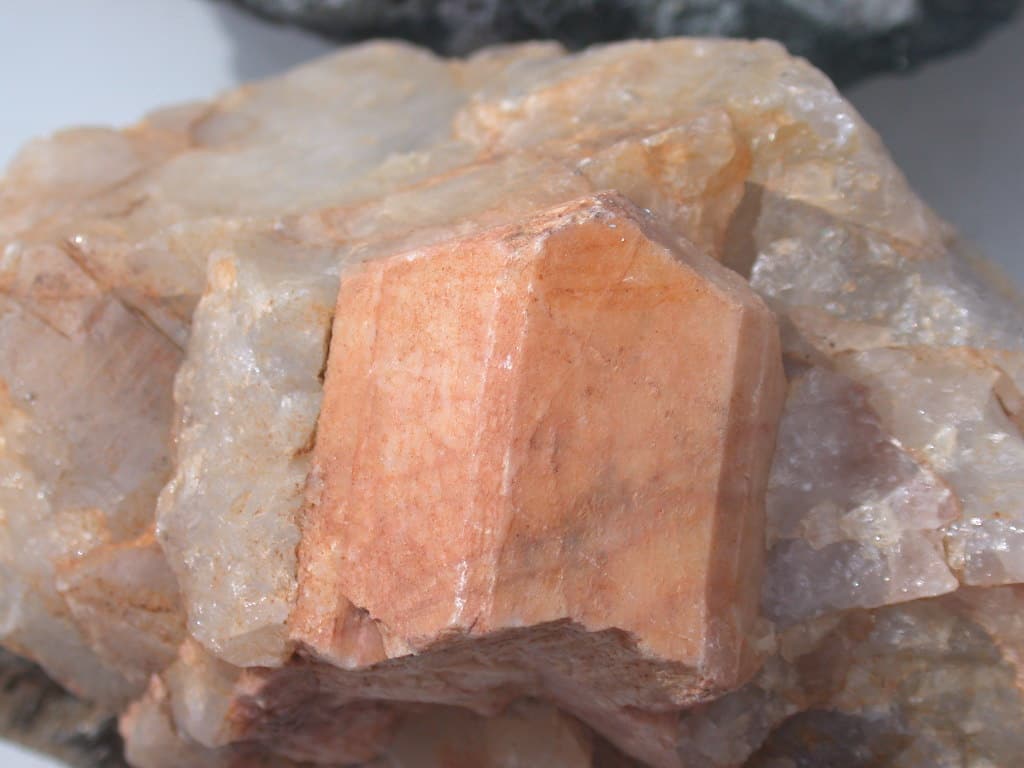
Tephra from Explosive Volcanic Eruptions
The more free silica concentrated in the magma, the more viscous the magma becomes – that is, it is stiff and doesn’t flow well. It also doesn’t allow gas to escape. Even un-evolved (basaltic) magma can have its gas trapped, for example, in Iceland where some volcanoes are capped with ice.
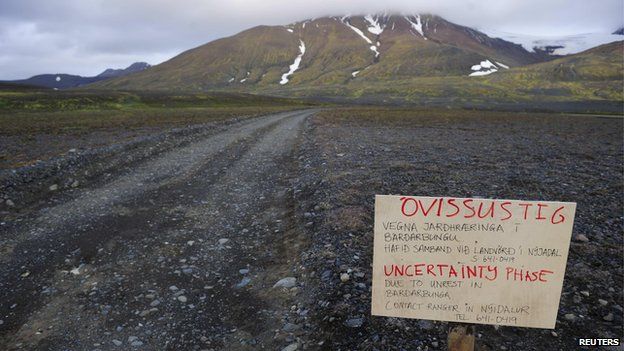
When gas pressures build up inside the magma, explosive eruptions result. Much of this gas comes out as bubbles, and when the bubbles fragment upon cooling, the shattered pieces form what we call ‘ash’. Much volcanic ash is therefore sharp glass fragments; their round shapes deriving from bubbles can clearly be seen under the microscope.
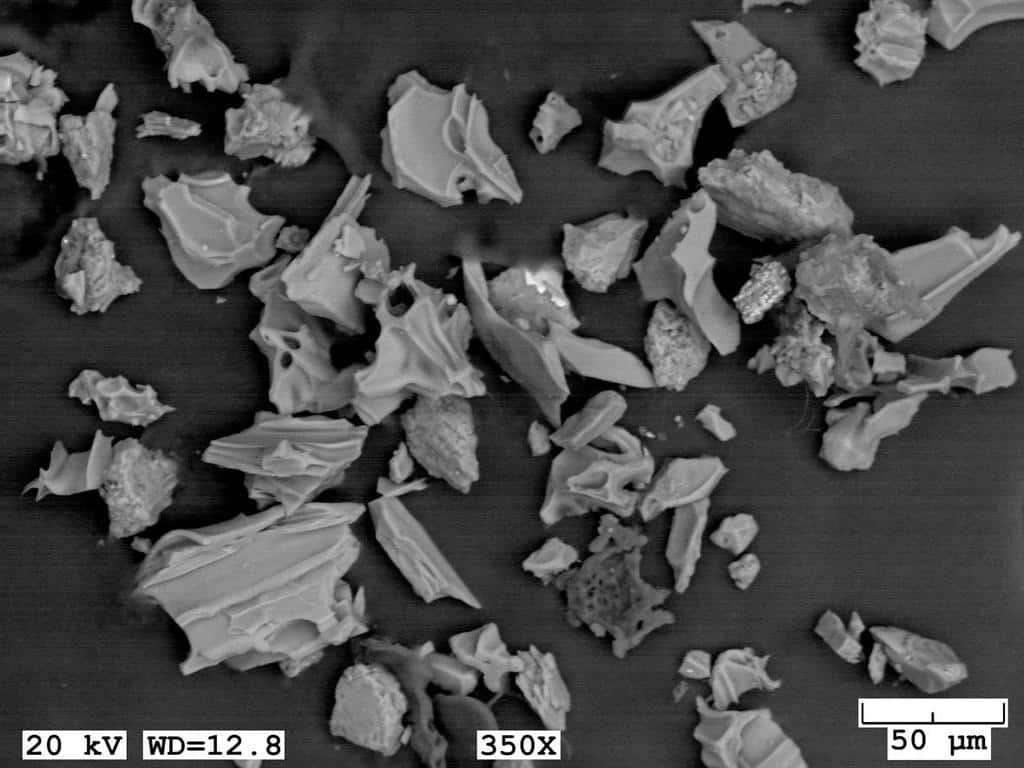
Another kind of volcanic ash is crystal ash. This forms when the minerals are just beginning to crystallize out of the liquid magma and are thrown out of the volcano. The minerals are microscopic in size but can be seen to be fully formed independent crystals.
Ash is only one type of tephra that is extruded in explosive eruptions. Pumice is another, while even lava bombs qualify as tephra, since they are airborne. Basaltic lava can form cinders and scoria.
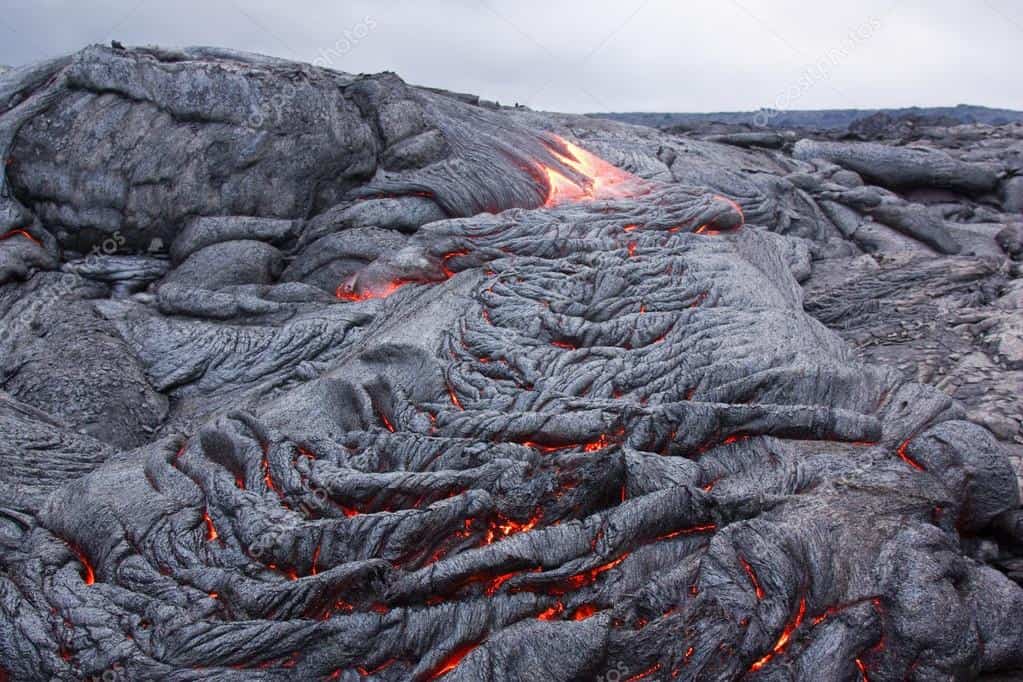
Ash Clouds and Ash Flows
Ash can be erupted from a volcano in two directions: up into the sky where it forms dispersal clouds according to the wind direction, and down the volcanic slopes in “pyroclastic flows” . The latter can be extremely destructive as they flow fast and hot (up to 700°C).
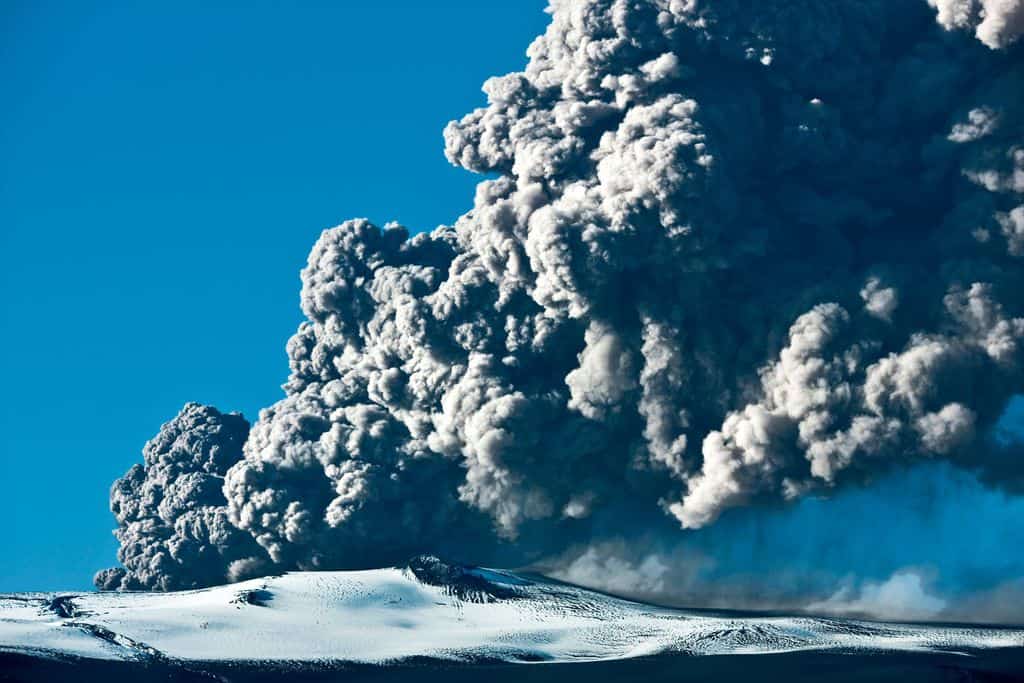
The 200 km/hr pyroclastic flow down Mt Unzen in Japan, which erupted in 1991, ran 4.5 km, destroyed 180 houses and took 44 lives including French volcanologists Maurice and Katia Krafft. Subsequently in 1992-3, the pyroclastic ash debris, sodden with rain, turned into lahars (mud flows), streaking down the mountain and destroying another 1300 houses.
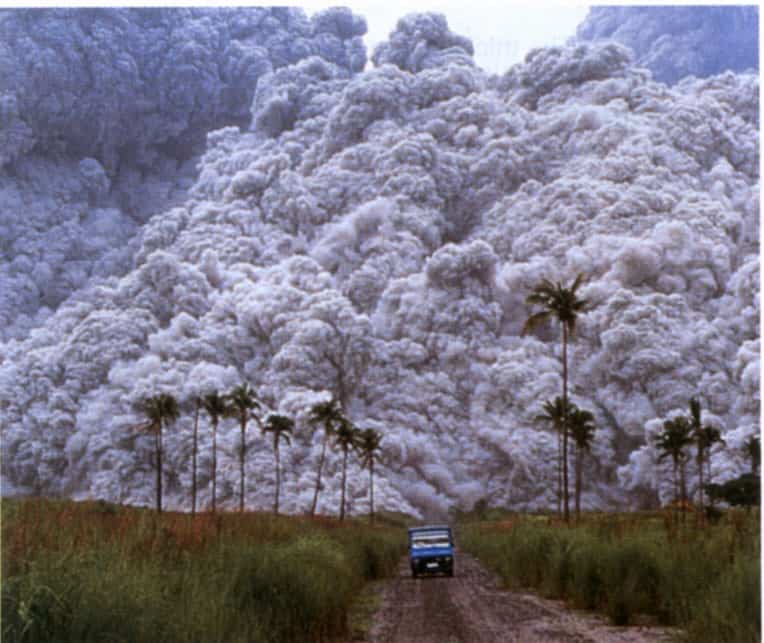
Pyroclastic flow damage is usually local ¬– not so with ash clouds. We are now familiar with a number of historic and prehistoric volcanic eruptions in which the stratospheric ash cloud not only disrupted travel but changed climate, killed flora and fauna, and caused famines in their “volcanic winters”.
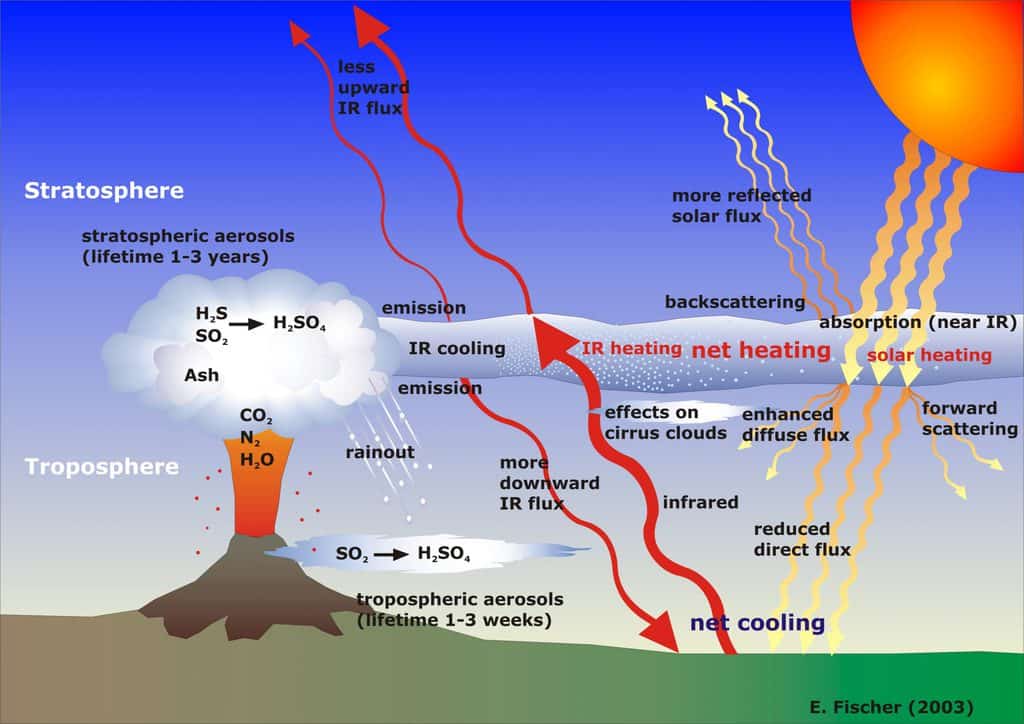
Normally, however, ash clouds do not reach the stratosphere to be circulated worldwide, and the ash falls over the landscape in characteristic oval patterns. These ashfalls can consist of decimeters of ash laid down near the volcano graded to a thin sprinkling at a distance. There are two major uses of this ash in human history.
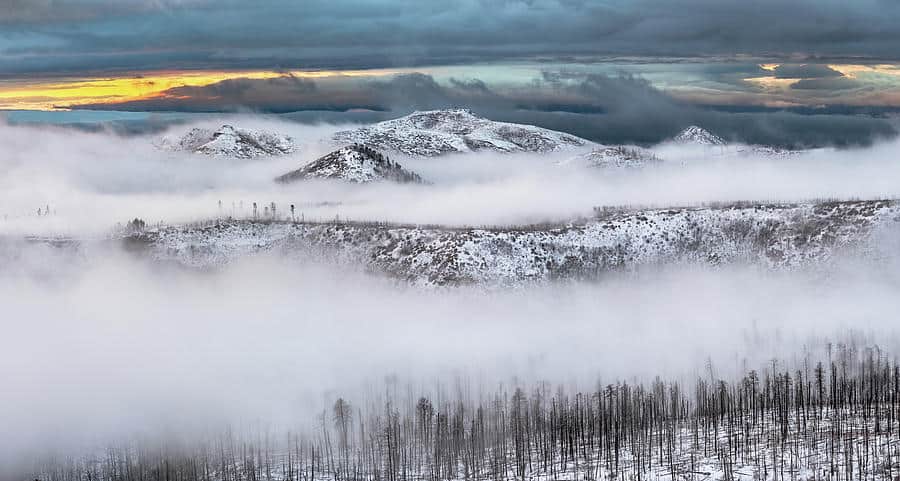
The Usefulness of Volcanic Ash
Volcanic ash when first extruded usually contains considerable alkali and alkaline elements: calcium, potassium, sodium, magnesium.
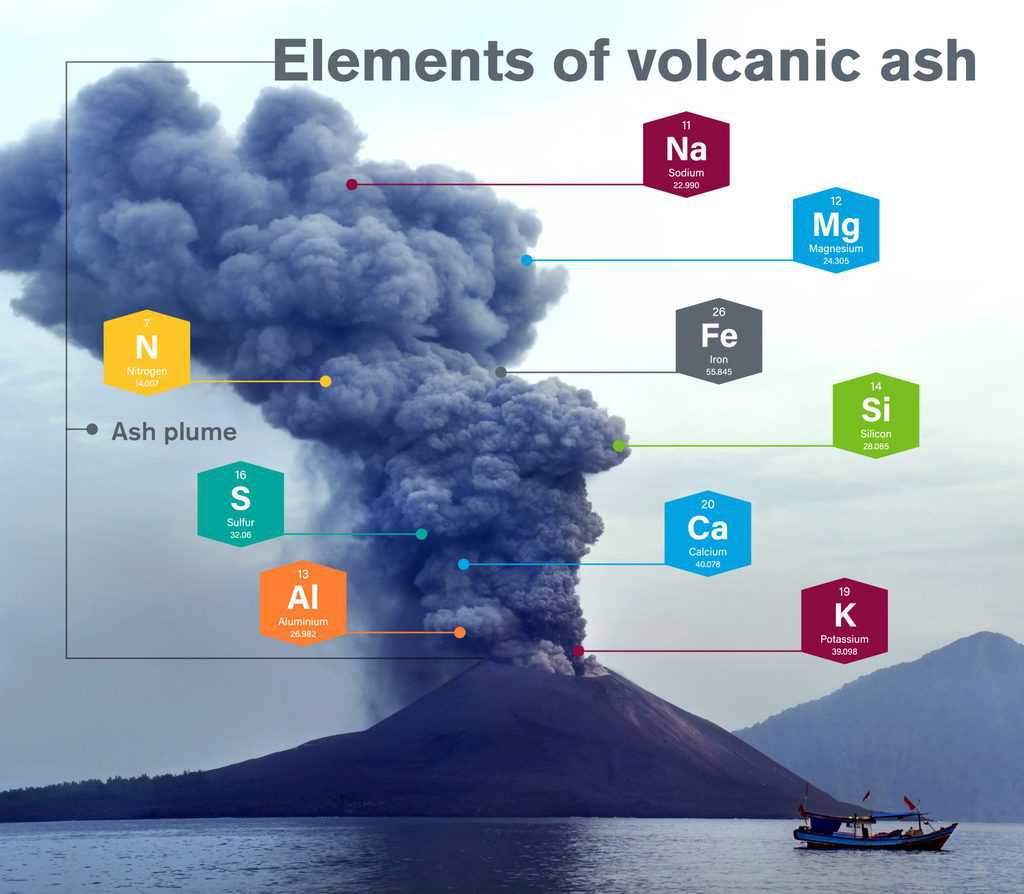
These make for a very fertile volcanic ash soil – unless these highly soluble elements are first washed out by rain. The leaching of such elements into the groundwater leaves a rather acidic soil behind as in Japan.
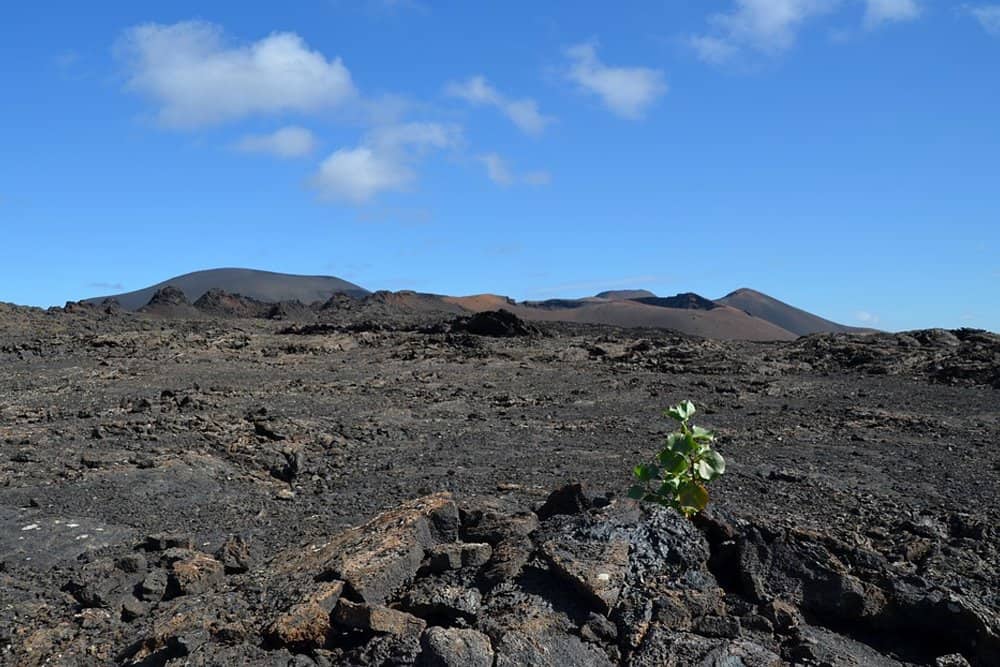
Thus, the most important determinant in volcanic ash soil fertility is the rate of precipitation. In dry or arid areas such as the Mediterranean, volcanic soils provide good farmland. However, in areas of high rainfall such as Japan, volcanic soils have only recently come to be farmed with the addition of the proper fertilizers.
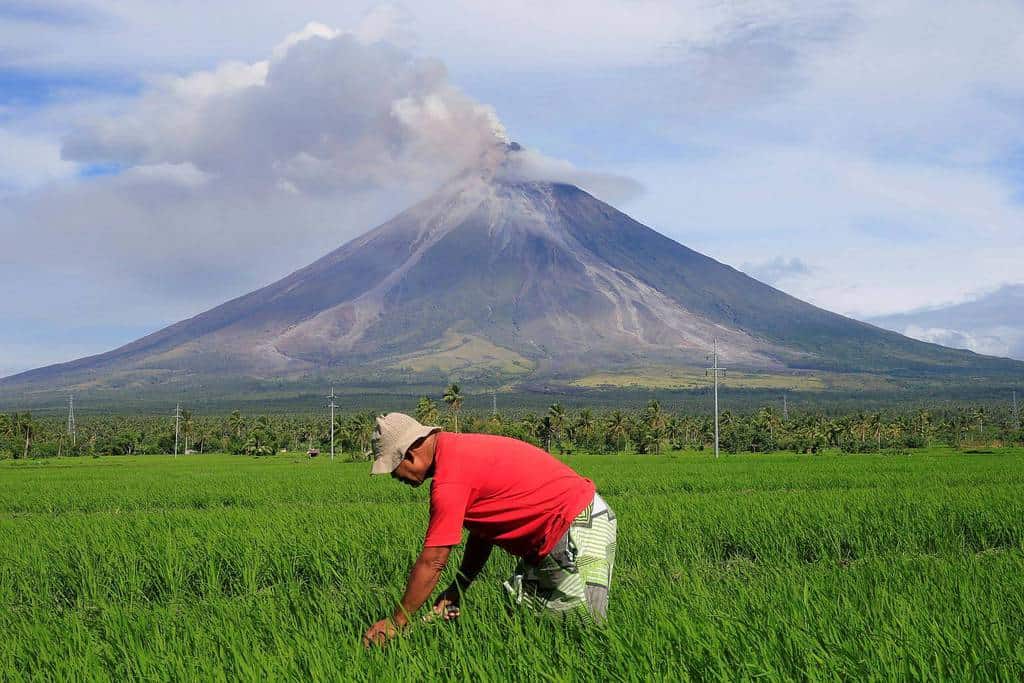
Another important but little-known function of volcanic ash layers is dating stratigraphy in archaeology and geology. This can be done by either absolute or relative means, and both can be used to cross-date geological layers and archaeological sites at great distances.
Absolute dating of volcanic ash works on the minerals crystals; techniques include thermoluminescence (TL), Electronic spin resonance (ESR), uranium/lead, potassium argon (K-Ar), radiocarbon (C14), and fission-track dating.
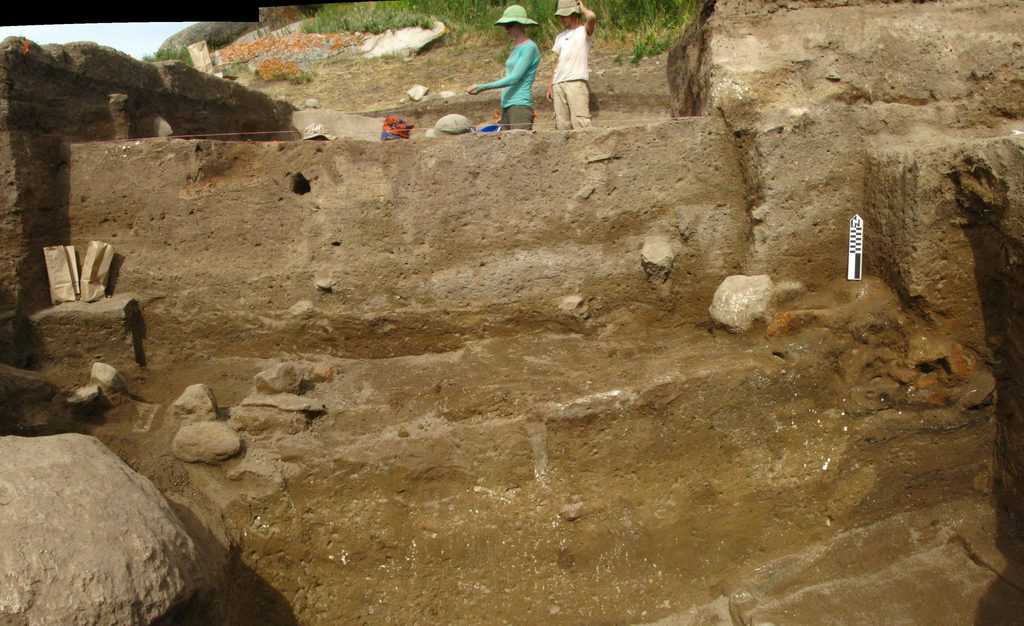
Relative dating is based on the fact that each eruption of each volcano is chemically different (due to such factors as evolution of the magma, surrounding rock melted into the magma, and ultimate source of the magma in the Earth’s interior). Thus ash layers can be identified through chemical comparison and tracked through time by their successive build-up in the stratigraphy.
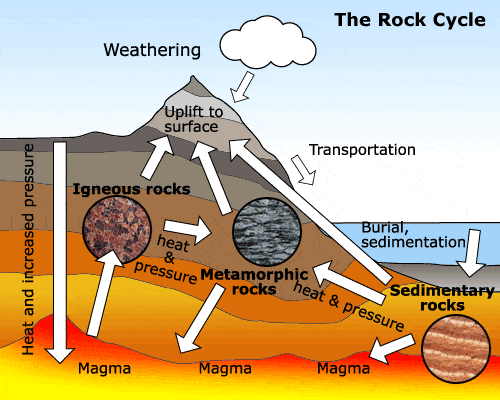
Volcanoes are important to the living Earth as they are the major means for distributing excess heat from the Earth’s interior as it cools. Explosive eruptions can be destructive, but they also can produce excellent farmland, with mineral nutrients renewed by frequent eruptions.


